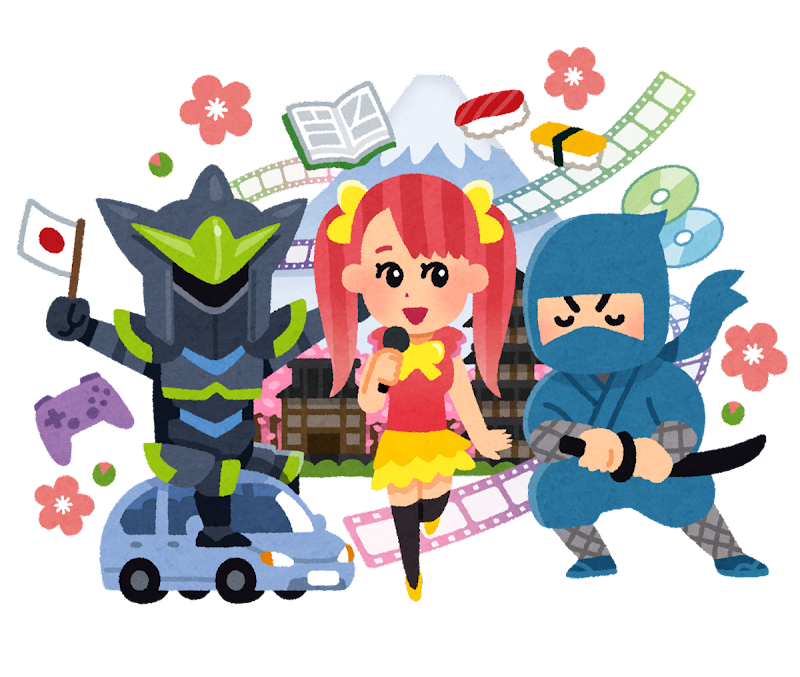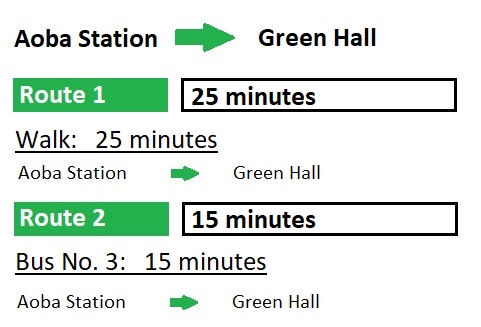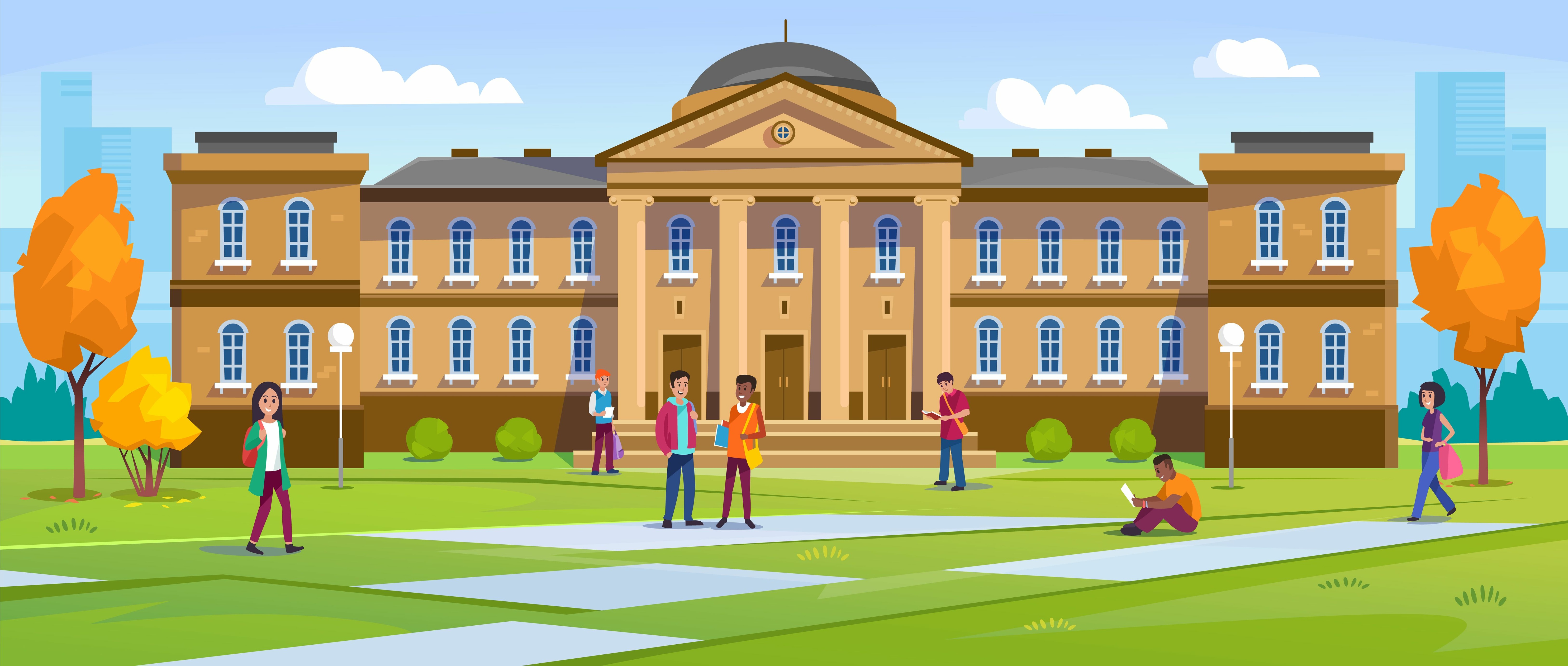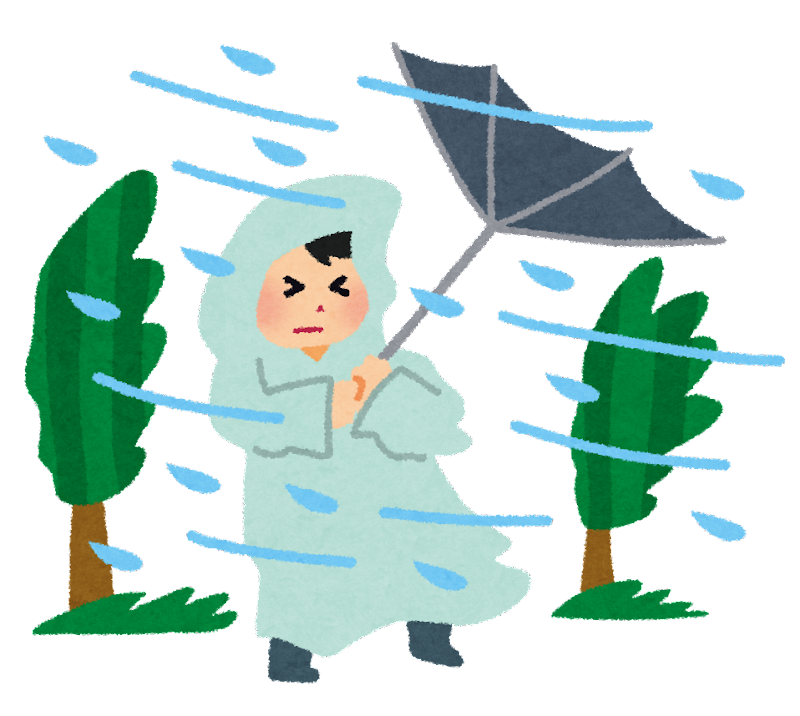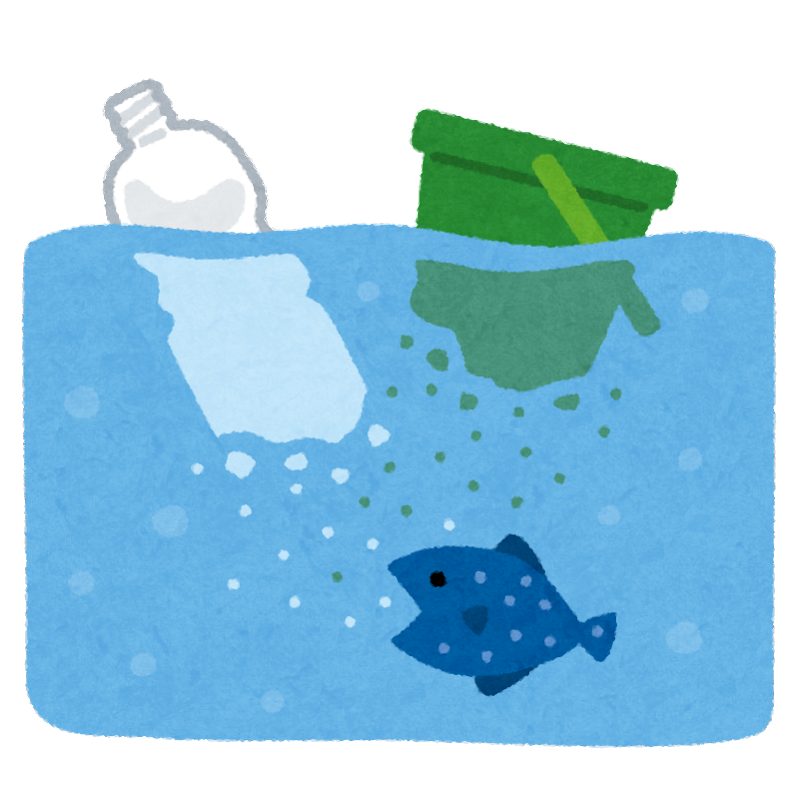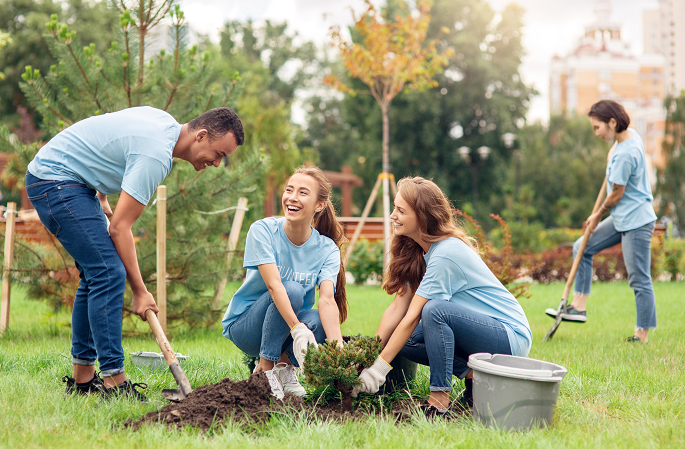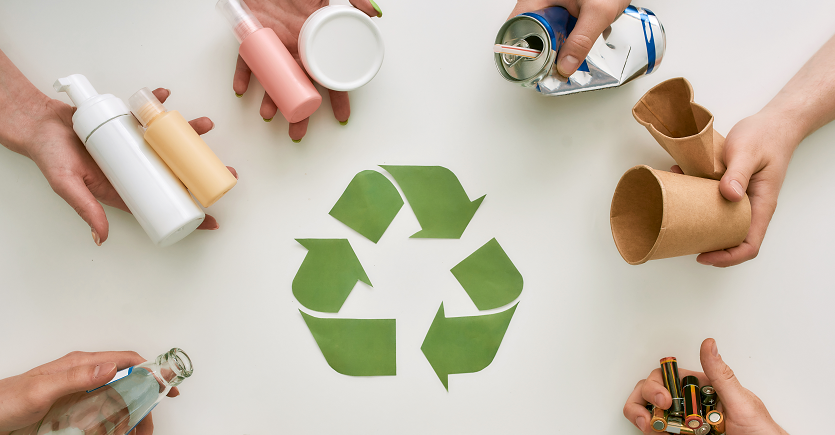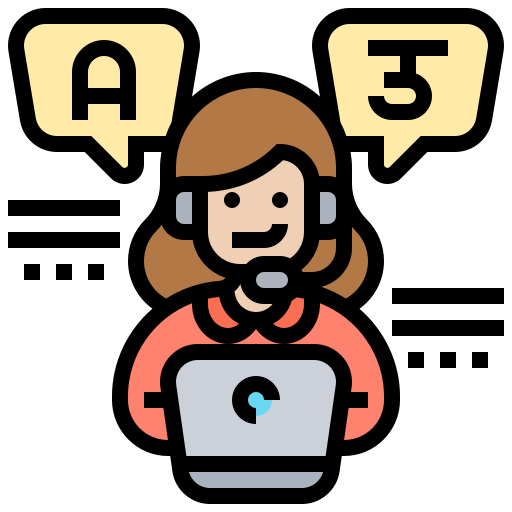



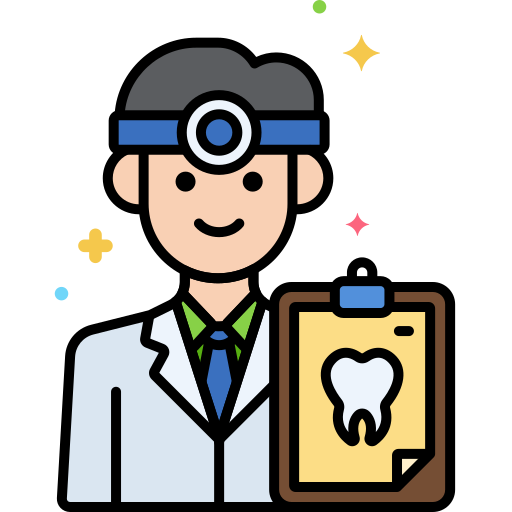 |
dentist
歯医者
|
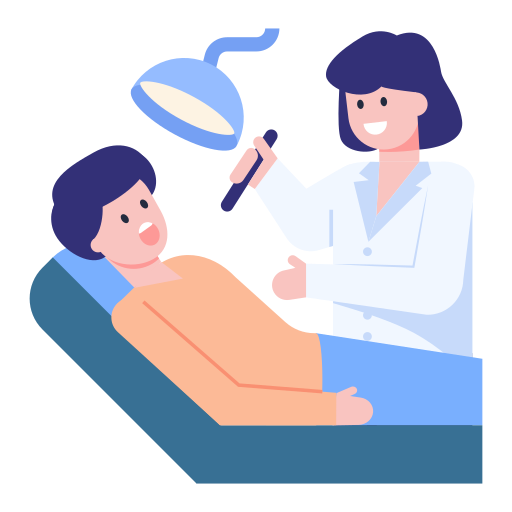 |
appointment
(人と会う)約束
|
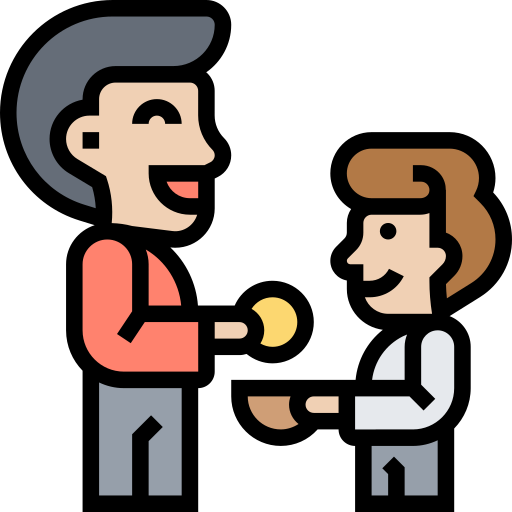 |
kind
親切な、優しい
|
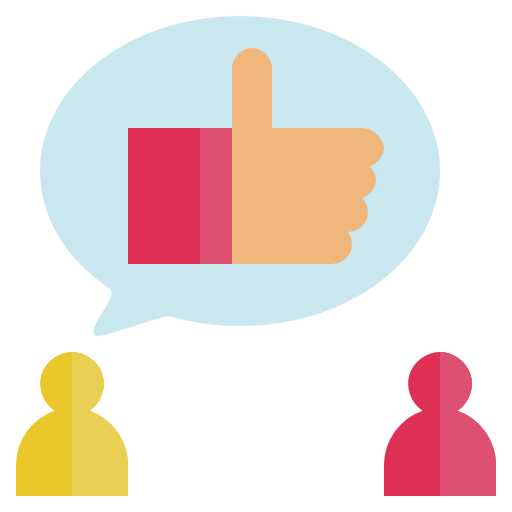 |
recommend
すすめる
|
 |
forget
忘れる
|




| 1. | It’s important for you to be aware of the risks before making decisions. |
| 2. | You were brave to save the child in the pool. |
| 3. | It’s polite of him to bow to greet you. |
| 4. | It’s very kind of you to offer help. |
| 5. | It was amazing of you to run the fastest in the marathon. |








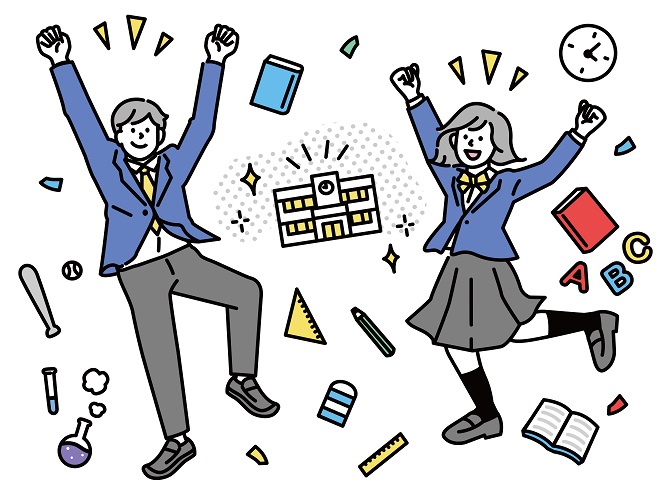

| 1. | What do you think is important for you to do at school? |
| It is ___________ for ______________________. |


| 2. | What do you think was kind of your friend to do? |
| It was ______ of ______________________. |


| 3. | What do you think is dangerous for people to do when riding a bicycle? |
| It is ______ for ______________________. |


| 4. | Did you do anything stupid recently? What was it? |
| It was ______ of ______________________. |


| 5. | What did you use to do after school when you were in elementary school? |
| Answer: |


| 6. | What do you want for your birthday? |
| Answer: |




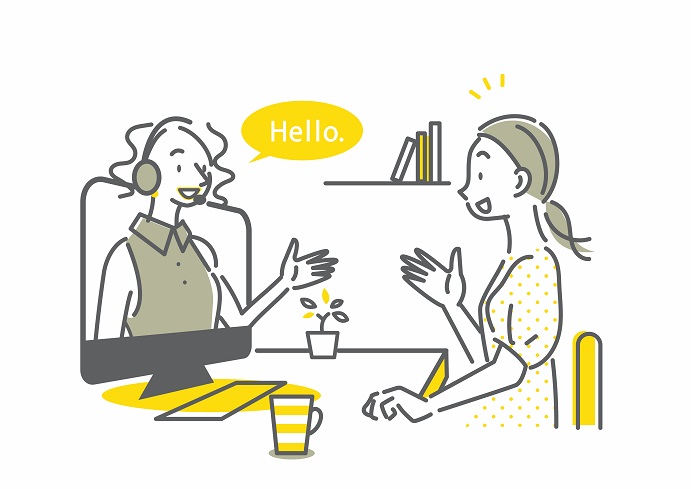
| 1. | What is important _____ you to do at work? |


| It is important for me to _____________ at work. |
| 2. | What is kind ____ your friend to do? |


| It is kind of my friend to _____________________________. |
| 3. | What was ________ of you to do? |


| It was foolish of me to _____________________________. |
| 4. | What is dangerous for people ____ do when driving a car? |


| It is dangerous for people to ___________ when driving a car. |
| 5. | What did you use ____ do after school when you were a student? |


| I used to ____________________ after school when I was a student. |
| 6. | What school club activities did you use to be a member of when you were a student? |


| I used to be a member of _________________ when I was a student. |




When was the last time you went to the dentist?
Did it hurt?
| Answer: |


Or are you always a little late for appointments?
Have you ever been late for school?
| Answer: |



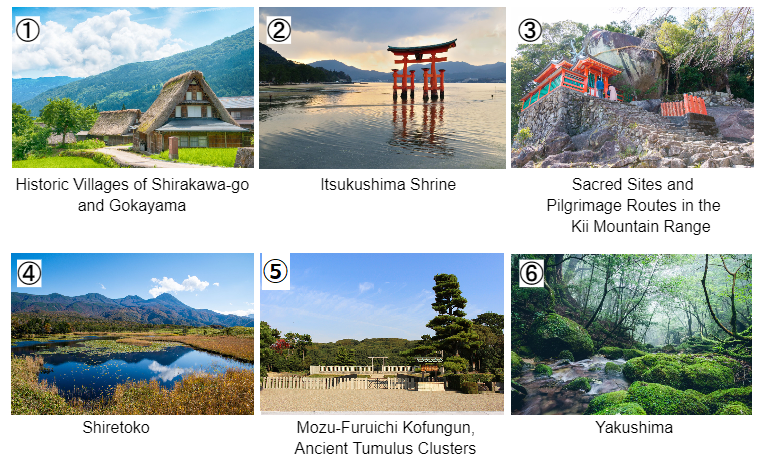
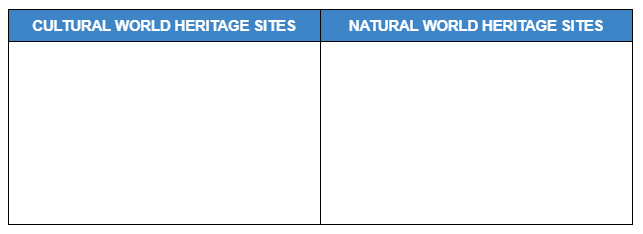

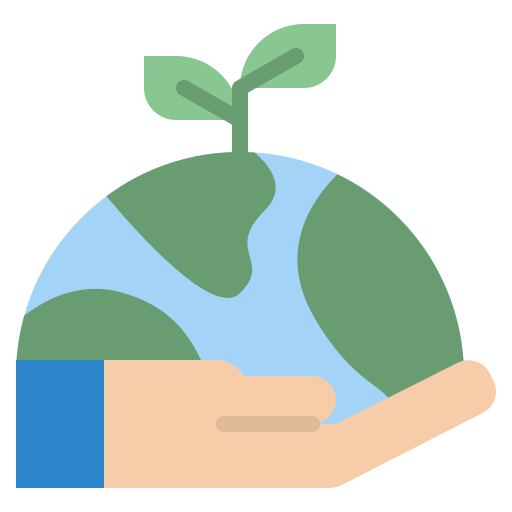








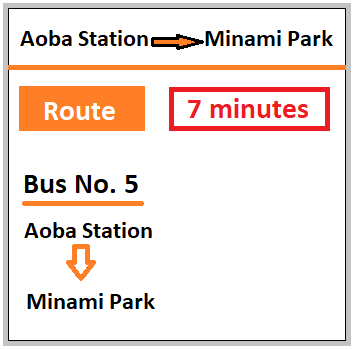
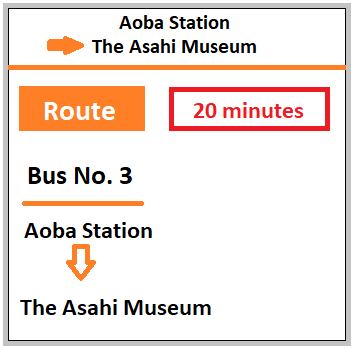
 GOOD
GOOD 





